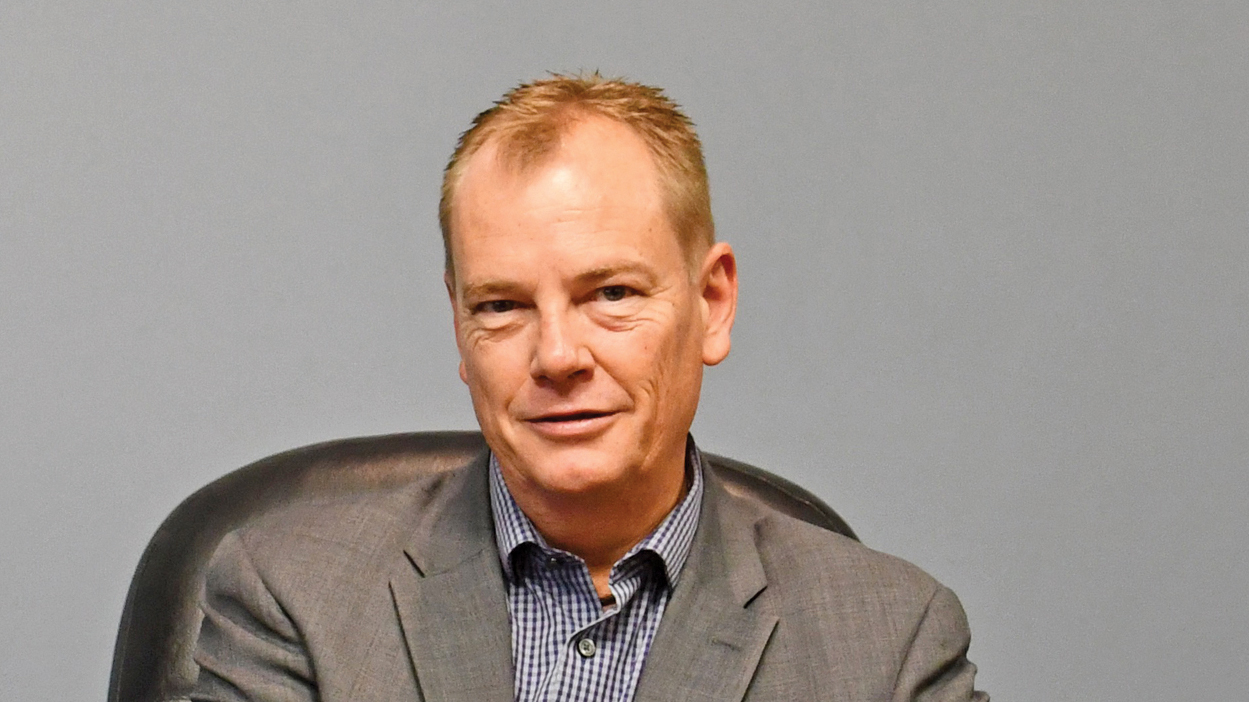It’s an open-ended question, but when asked why he loves the horse racing industry, Adrian Munro finds it easy to answer.
“We are all in it for the love of the horse,” he said. “They are just incredible animals and they have a way of bringing people together and bringing families together and bringing people from broad backgrounds together.”
Munro is an individual who exerts influence in various aspects of the horse racing industry out west. Back in 2005 he established the successful breeding Highfield Stock Farm in Okotoks, AB. Winning various breeder awards over the last several years as well as remaining a consistent consignor, Highfield currently stands several stallions including Cape Canaveral. Their other two stallions, War Correspondent and Destin stand stud within the U.S.
Over the last 15 years Munro has also been the president of the Highfield Investment Group. Yet, when it comes to the sport he loves, Munro still manages to squeeze in some more responsibilities within the racing industry. Not only is he the president of the CTHS Alberta board of directors, but Munro also finds himself on the board of stewards for The Jockey Club of Canada. Operating a business, while at the same time overseeing and providing guidance on various boards can be a tough act to juggle. For Munro, a third-generation horseman, the list of responsibilities may not be an easy feat to contend with, however he remains dead set on helping the industry survive and thrive for future generations to come.
“Too many organizations and too many people look out for their own best interests rather than looking out for the longevity of the industry. So the CTHS here in Alberta specifically, and less so nationally, but in Alberta we try to be the facilitator of all thoroughbred organizations — the HBPA, Horse Racing Alberta, the B-track operators, the A-track operators. We try to facilitate conversations and come to decisions for the industry that are for the long-term benefit of the industry. So, we try to be that organization that brings people together rather than pulling each other apart.”
What are the most critical challenges facing the industry in Canada today?
“The most critical issue facing the industry in Canada is the public perception of drug use, including NSAID’s and Lasix, whip usage and overall sense by the public that the industry does not react to these issues and therefore we do not value the welfare of our horses. We tend to believe that the issues affecting horse racing in the U.S. in places like California could not and will not happen in Canada which is incredibly wrong. We need to be proactive in Canada and take aggressive action to address the concerns of the public before we are forced to be reactive to the issues.
“From a breeding perspective, we have a critical shortage of mares in Canada and unless we enact incentives to support the middle and lower end of the market, breeders will not spend the capital necessary to alleviate the shortage.
“Finally, the demographics of our industry participants are a critical issue. The participants of the industry are getting older and we are not replacing them with a new generation of participants who will become future owners, breeders and trainers.”
What needs to change about the industry in the next 5-10 years?
“Unfortunately, the following changes need to happen immediately, our industry is in crisis and we may not survive 10 years without enacting changes.
“Canada needs to enact consistent rules across all four of its major racing jurisdictions to address the concerns that the public is raising in places such as California. The changes should include the eventual elimination of race day medications including Lasix. Eliminating whip usage except for corrective actions. Enacting the strictest rules in North America regarding the use of Shock Wave Therapy. Implementing measures to increase our transparency, such as the creation and mandatory use of a database that tracks all drugs administered and procedures performed on all thoroughbreds of racing age.
“Canada needs to be proactive in addressing the issues and unfortunately distance itself from the U.S. where their leadership model is not conducive to enacting substantive changes.
“In the next three to five years, we need stability of funding models in all four major jurisdictions. If the funding available to horseman through the purse pools and breeders bonuses is constantly changing it is impossible for the industry to attract investment. Capital is fleeting.”
How can you help affect that change?
“The major way that we can affect change through either the CTHS or the Jockey Club of Canada is to facilitate discussion among all four major racing provinces. The problems facing each province are not unique. If we had more tangible dialogue between all horseman’s groups and track operators we would be surprised at the creative solutions that we could develop but it only comes if we are having tangible discussions.”
Where do you see the thoroughbred industry in Canada in 10 years?
“Unfortunately, if we do not take immediate action to discuss our issues, racing in Canada and North America will continue to decline. The possibility exists that in 10 years we could see major contraction and the industry as we know it may fail to exist in certain provinces.”


